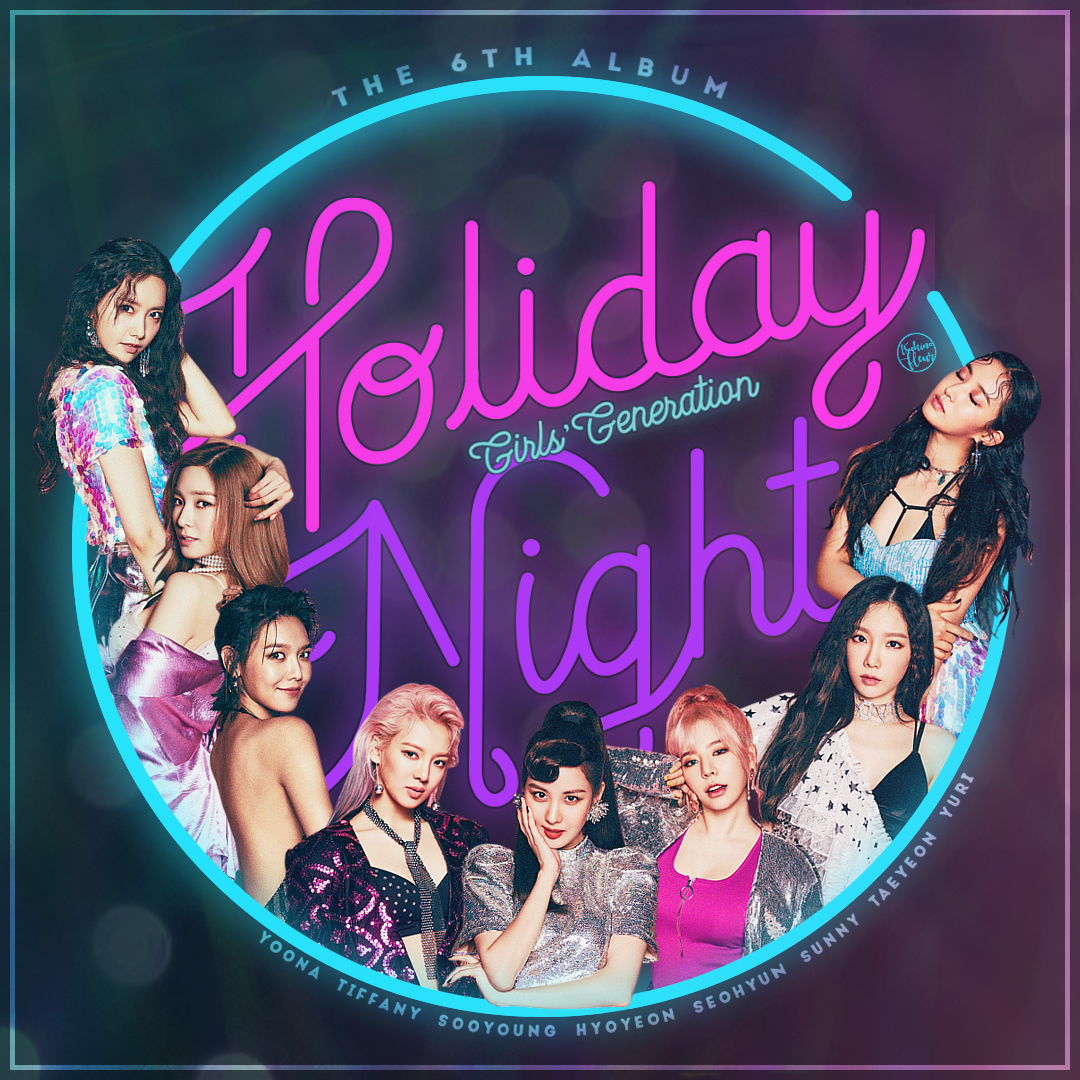News

In Conversation with Claire
Meet multi-award winning songwriter Claire Rodrigues-Lee, the mastermind behind some of the Asian market’s biggest hits of recent times including Red Velvet’s “Candy” and the Girls’ Generation tracks “Indestructible” and “It’s You” (from the No. 1 album Holiday night).
Claire was introduced to the huge opportunities that exist for placing songs in the Asian market at a writing camp in Denmark seven years ago where she met an A&R consultant from SM Entertainment. She has never looked back since.
“My naturally Asian-sounding voice attracted managers and A&R to my music as they could hear my songs being recorded by their Asian artists.” Claire recalls. Paired with her newly found contacts in South Korea, she began to build a career as a well-respected and successful songwriter. “As time goes on you learn and adapt. The job has become second nature to me but you have to move with the changes”.
Here at Kassner, we were interested to find out her opinion on the elements of a successful release in Asia and how they differ from the characteristics of a typical hit in Europe…
KAP: Could you explain how the structure of a successful Asian song differs from a European song?
CRL: Unlike western music, Asian songs have more dynamic sections and a wider variety of musical parts, for example my song “I’m So Pretty” recorded by South Korean girl group Nature. Here are some of the ways that Asian songs are structured:
- You often have a second verse that has a completely different melody to the first verse.
- You may come across songs that have a chorus followed by a post-chorus with a different melody.
- You often have two pre-choruses.
- Unusual song titles or pretty song titles are often favoured (my song “Infected” was retitled to “Tropical Cyclone” when performed by Taiwanese girl group Roomie).
- Both the topline and the musical production need to be equally strong.
- The lyrics in songs will often interchange between English and the native language of the artist, as the audience engages more with English words (for example, in my song “Indestructible” recorded by K-Pop girl group Girls’ Generation, the word “indestructible” is sung in English, but the rest of the song is sung in Japanese).
KAP: What requirements are needed to maintain a successful career as a songwriter in the Asian music market?
CRL: It’s always important for songwriters not to be precious about making changes to songs and to be able to move with the times. It’s common for Asian record labels to ask songwriters to make changes to post choruses or for new sections to be added such as dance sections, instrumental sections or choruses with different melodies.
KAP: What are the distinguishing features between J pop and K pop?
CRL:There is a big difference between the styles of J Pop and K Pop. Whilst J-Pop can often be classed as “bubblegum pop”, K-Pop has a more western sound and shows a strong influence from European music.
KAP: What does the future hold for K pop?
CRL: Currently, K-Pop has a growing popularity in the worldwide music market, for example the huge K-Pop band BTS recently selling out UK arenas within minutes. A boy band like BTSis a finished product, largely due to academies all over South Korea that act as musical bootcamps, training up young performers every day.
In South Korea, the artist’s dedication combined with music that is becoming more accessible to a western audience is a recipe for success. It’s no surprise that the K-Pop scene is getting bigger and better and proving to be taking over the world!